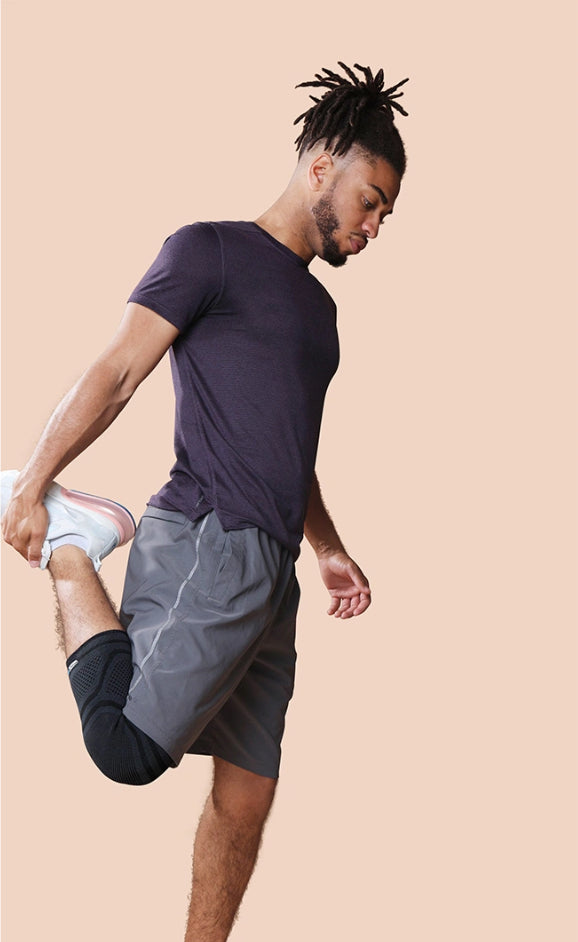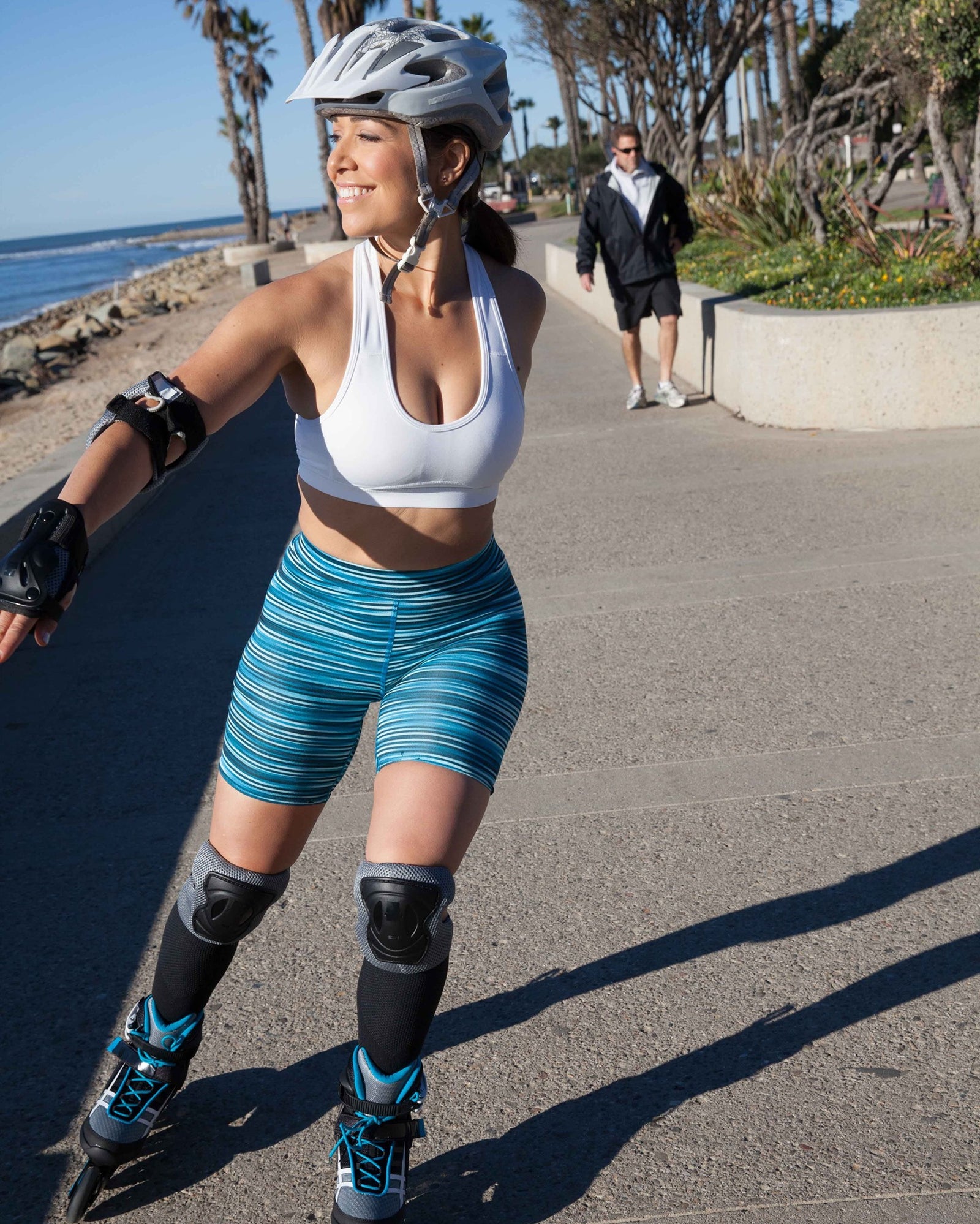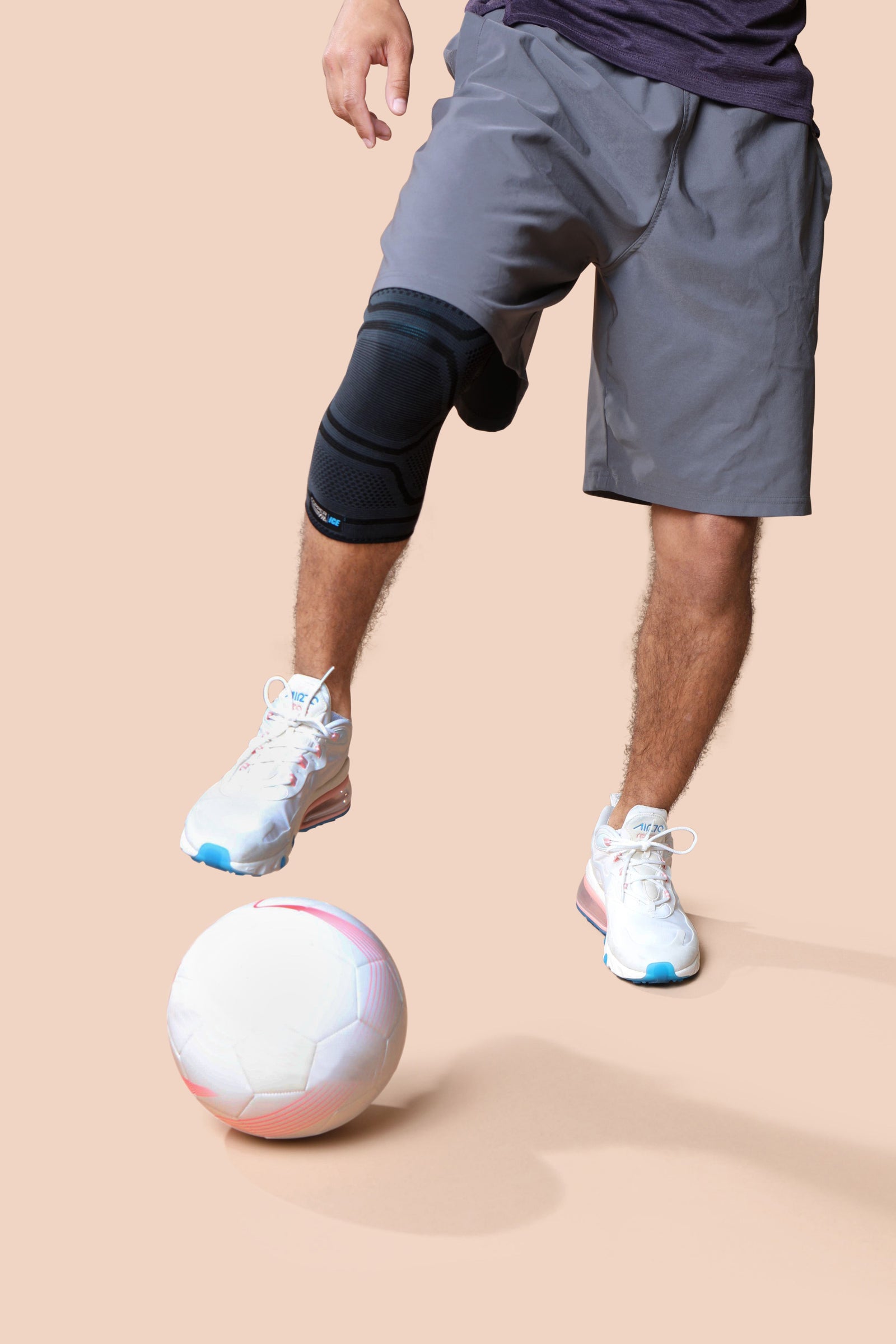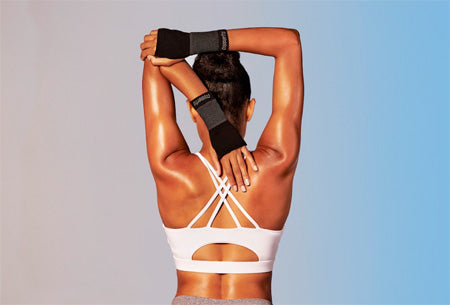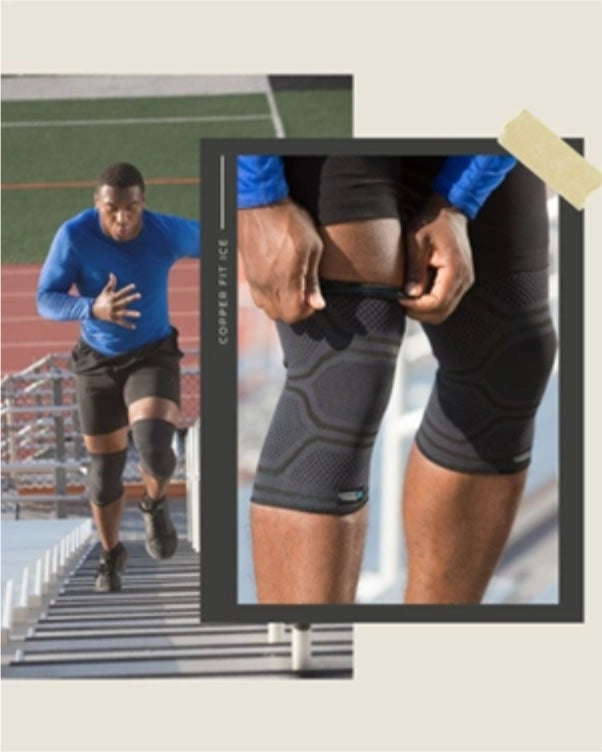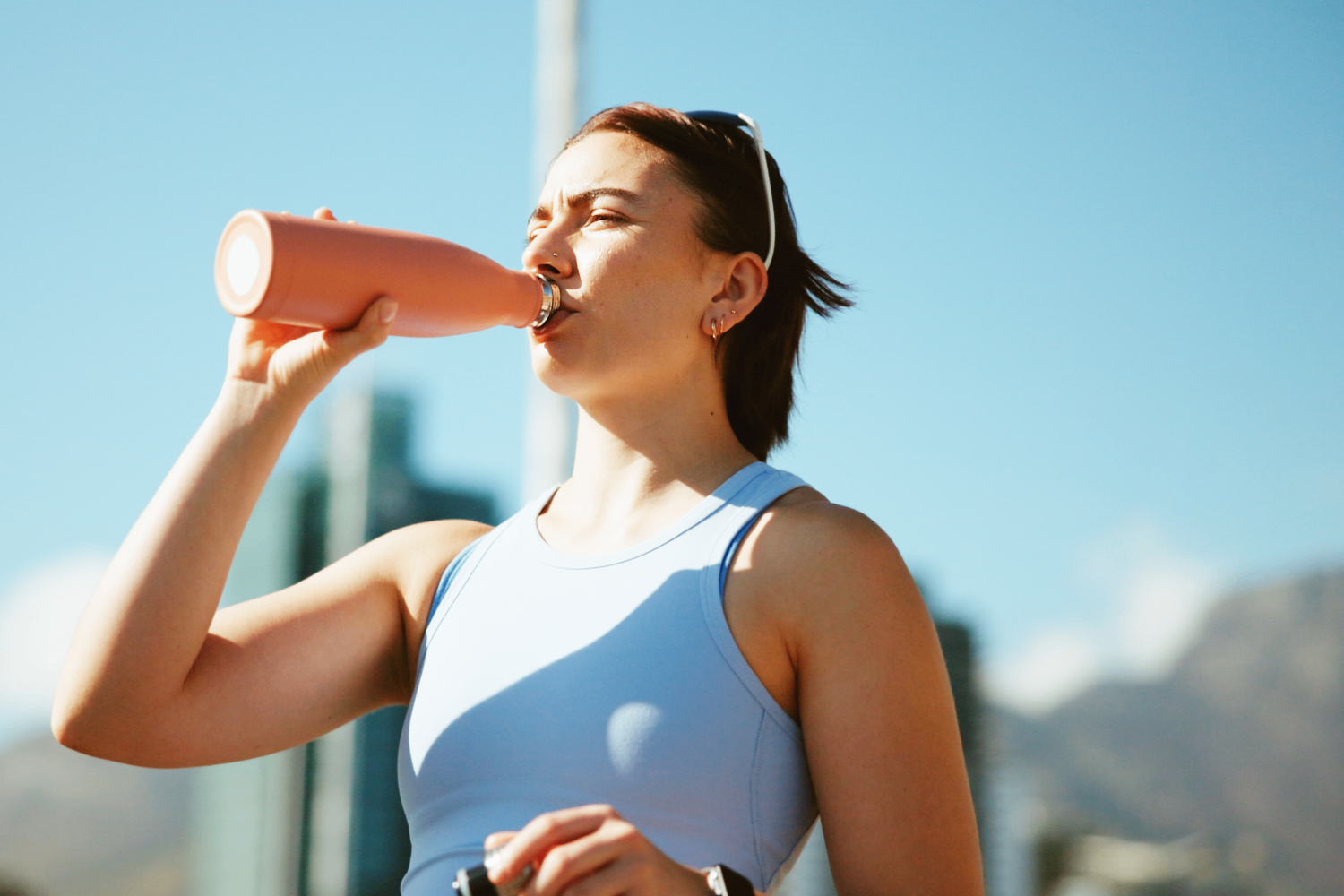
Key Takeaways:
- Electrolytes are essential minerals that support hydration, muscle function, and recovery after exercise.
- You lose electrolytes through sweat, especially during long or intense workouts, so timely replenishment is key.
- The best recovery comes from balanced hydration, combining water, electrolyte-rich foods, and smart supplements.
You’ve crushed your workout, and you’ve got sweat dripping, heart pounding, muscles working hard. Now comes the part most people forget: recovery. It’s not just about stretching or cooling down; it’s about giving your body what it needs to restore balance, especially when it comes to electrolytes.
When you work out, your body loses more than just water. Every drop of sweat carries away minerals your muscles and nerves rely on to perform. Replenishing those electrolytes after exercise helps your body bounce back faster, supports hydration, and prepares you for your next session.
Whether you’re a seasoned athlete or just starting your fitness journey, learning how to replenish electrolytes effectively can make a huge difference in how you feel, recover, and perform over time.
What Are Electrolytes and Why Do They Matter?
Electrolytes are minerals that carry an electrical charge, helping your body function at its best. The main ones include sodium, potassium, calcium, magnesium, and chloride. They regulate fluid balance, muscle contractions, and nerve communication. They essentially keep everything running smoothly.
Here’s what they do in action:
- Sodium helps maintain fluid levels and supports muscle contractions.
- Potassium works with sodium to support hydration and nerve function.
- Calcium helps muscles contract properly.
- Magnesium supports muscle relaxation and energy production.
- Chloride helps balance body fluids and supports digestion.
During workouts, your body uses electrolytes to maintain steady muscle and nerve activity. The harder and longer you push, the more you lose through sweat. Without replenishment, your body can struggle to regulate hydration or muscle function, leading to fatigue, cramping, or general sluggishness.
Think of electrolytes as the foundation of recovery. When you keep them balanced, you support healthy blood flow, steady energy, and efficient muscle recovery, all of which help you stay active and feel your best.
How Does Exercise Deplete Electrolytes?
Every time you sweat, your body loses fluids and minerals. The more intense the activity or the hotter the conditions, the greater the loss. Even a short, high-intensity workout can cause noticeable electrolyte depletion, especially sodium and potassium.
Let’s break it down:
- Sweating: The body’s natural cooling system. But as sweat evaporates, it takes key minerals with it.
- Duration: Longer workouts increase electrolyte loss, particularly during endurance activities.
- Temperature: Hot or humid weather accelerates fluid loss.
- Intensity: The harder you push, the more your muscles rely on electrolytes for energy and contraction.
When your body doesn’t have enough electrolytes, you might start to feel drained or lightheaded. That’s a sign your body’s balance is off. Hydration alone isn’t enough; water without minerals can actually dilute electrolyte levels further, making you feel worse.
Supporting your body with both fluids and electrolytes is key to steady energy and a smoother recovery.
Top Signs You Need To Replenish
If you’ve ever finished a workout feeling exhausted or crampy, you’ve probably experienced an electrolyte imbalance. Your body gives you early cues when it’s running low, so listen for them.
Common signs include:
- Muscle cramps or tightness that won’t ease up
- Dizziness or lightheadedness during or after exercise
- Fatigue or general sluggishness
- Headache or irritability
- Unquenchable thirst even after drinking water
These signals are your body’s way of asking for support. When you give it what it needs—electrolytes, fluids, rest—you’re helping it return to balance and recover faster.
An active body performs best when it’s nourished and supported. Replenishing electrolytes after workouts helps you maintain energy, stay hydrated, and reduce post-workout soreness or tension.
What are Natural Ways to Replenish Electrolytes?
You don’t need complicated formulas to recover effectively. Simple, natural foods and drinks can do the job beautifully.
Hydration Heroes
Beyond drinking plenty of water to stay hydrated, try adding fluids that naturally restore electrolytes:
- Coconut water: A natural source of potassium and sodium.
- Watermelon juice: Hydrating, with added magnesium and potassium.
- Mineral water: Contains trace elements that help restore balance.
These drinks help replace what sweat takes away, keeping your hydration steady throughout the day.
Everyday Foods That Do the Work
Add these to your post-workout meals or snacks:
- Bananas and oranges for potassium.
- Avocados and spinach for magnesium.
- Sweet potatoes for a combination of key electrolytes and complex carbs to refuel your energy.
Eating whole foods gives your body nutrients that also support muscle recovery, digestion, and energy production.
DIY Electrolyte Drink
You can easily make a homemade electrolyte drink with:
- 2 cups of water
- A pinch of sea salt (sodium and trace minerals)
- 1 tablespoon of lemon or lime juice (natural flavor + potassium)
- 1 teaspoon of honey (natural carbohydrates for energy)
This is a quick, simple way to restore electrolytes naturally with no added dyes or excess sugar.
Keep It Balanced
When choosing your post-workout hydration and food-fuel, aim for options that provide a variety of minerals.Electrolytes work together: when one is too low or too high, it affects the others. That’s why it’s best to choose a mix of sources rather than relying on a single food or drink.
Hydration Timing: When To Refuel
Hydration is an all-day effort that supports energy, recovery, and performance.
Here’s how to time it right:
-
Before Your Workout: Drink water or an electrolyte beverage about 30–60 minutes before exercise. This helps your body start balanced.
-
During Your Workout: For workouts lasting more than an hour, sip fluids with electrolytes every 20–30 minutes to maintain steady levels.
- After Your Workout: Rehydrate within 30 minutes of finishing. Pair your electrolyte drink or snack with a mix of protein and carbohydrates to refuel muscles and restore energy.
Steady, consistent hydration throughout the day helps your body recover more efficiently and reduces the risk of post-workout tension or soreness.
Common Mistakes To Avoid
When it comes to electrolyte recovery, a few common habits can hold you back. Avoiding them keeps your recovery smooth and your energy steady.
- Relying Only on Water : Water is essential, but it doesn’t replace electrolytes on its own. Overhydration without minerals can actually dilute your electrolyte balance. Pair water with foods or drinks that restore minerals.
- Overdoing Sugary Sports Drinks : Many store-bought sports drinks are packed with sugar. These can spike and crash your energy instead of supporting recovery. Opt for low-sugar, high-mineral options or make your own.
- Ignoring Early Signs : Fatigue, cramps, and persistent thirst are your body’s way of communicating. When you notice these cues, it’s time to act, not push harder. Listening to your body helps you recover smarter.
- Skipping Nutrition : Hydration alone isn’t enough. Pair electrolyte replenishment with nutrient-dense meals to support full recovery: protein for muscle repair, healthy fats for balance, and complex carbs for energy.
Small adjustments make a big difference. Paying attention to how your body feels and fueling it with the right mix of hydration and nutrition helps you stay consistent in your training.
Recovery Tips Beyond Hydration
Electrolytes are just one part of a strong recovery routine. Supporting your body goes beyond what you drink; it’s about how you move, rest, and restore balance.
Rest and Mobility
After a tough workout, give your muscles time to recover. Light stretching, foam rolling, and gentle mobility work help reduce tension and support circulation.
Nutrition for Recovery
A balanced post-workout meal rich in protein, carbohydrates, and minerals helps refuel muscles and energy stores. Think grilled chicken with sweet potatoes, or a smoothie with fruit, yogurt, and spinach.
Compression Gear for Support
Compression sleeves, socks, and wraps can help support healthy blood flow and muscle recovery after workouts. They gently encourage circulation, which may help soothe post-workout soreness and tension.
Incorporating compression gear into your recovery routine can make it easier to stay active day after day, especially when paired with good hydration and rest.
FAQs
What’s the fastest way to replenish electrolytes after working out?
The fastest way is to combine fluids and minerals right after exercise. Coconut water, electrolyte drinks, or a DIY electrolyte mix with water, salt, and citrus are effective ways to restore balance quickly.
Can I get enough electrolytes from food alone?
Yes, if your workouts are moderate and your diet is balanced. Foods like bananas, avocados, spinach, and nuts naturally replenish electrolytes. For longer or more intense workouts, adding an electrolyte drink may be beneficial.
How do I know if I’m low on electrolytes?
Signs include muscle cramps, fatigue, dizziness, and excessive thirst. These are your body’s cues that it’s time to rehydrate and restore balance with fluids and electrolyte-rich foods.
Recharge, Rebalance, Recover
At Copper Fit, we believe recovery is where real progress happens. We know what it feels like to push your limits, chase your goals, power through the burn, and give it your all. But we also know the importance of giving your body what it needs to recover strong.
Staying hydrated, replenishing electrolytes, and supporting your muscles with the right recovery tools are what keep you moving forward. We create performance and recovery gear that helps you feel your best, so you can keep doing what you love, every day.
Sources:
Electrolytes: Types, Purpose & Normal Levels | Cleveland Clinic
Fluid and electrolyte loss and replacement in exercise | PubMed
Sports and Hydration for Athletes: Q&A with a Dietitian | Johns Hopkins Medicine

